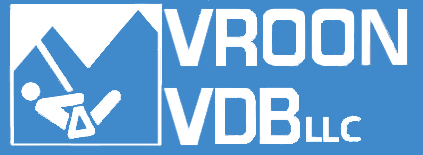
Why So Many Clients Stay in Services and Keep Coming Back
If you work in intensive services, this pattern is likely familiar. Clients enter care during a crisis. A team forms. Support ramps up. Stability improves, sometimes dramatically. While services are...
